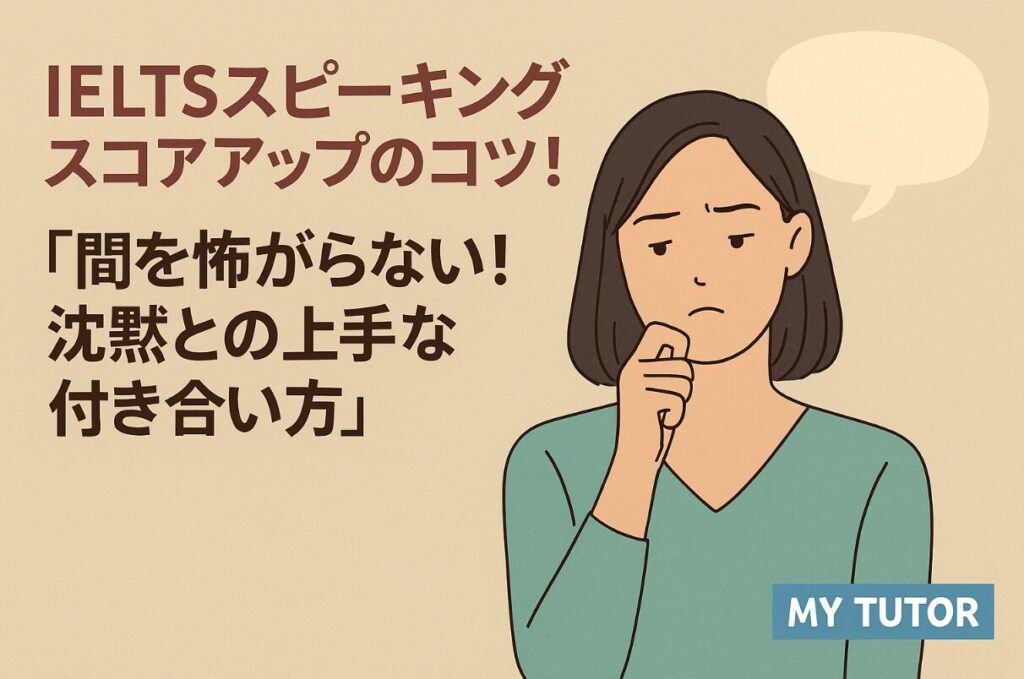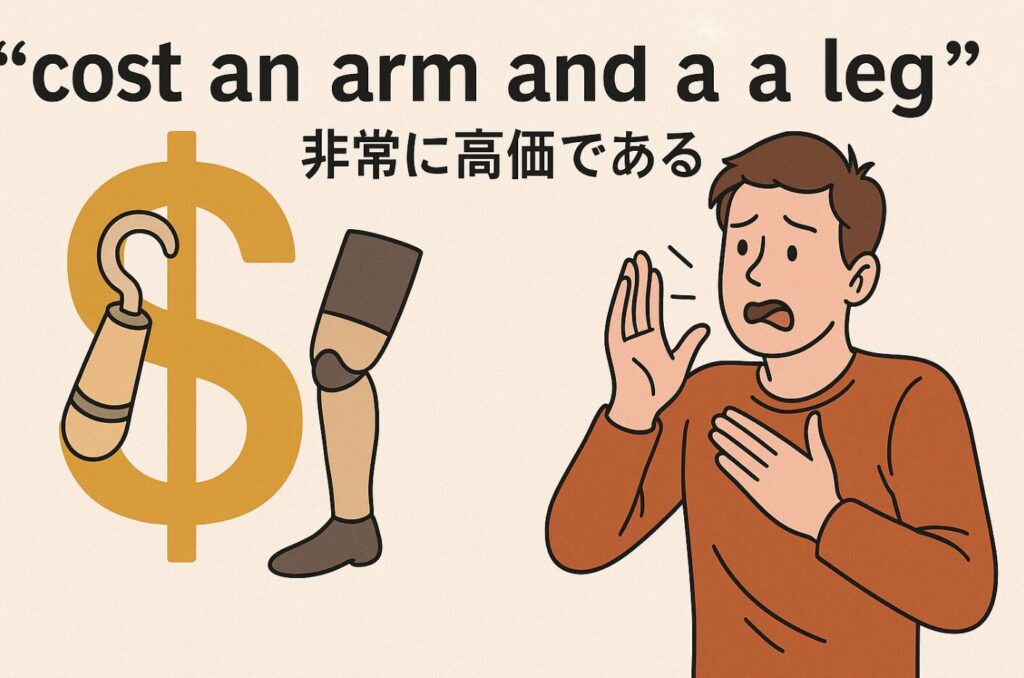
「間を怖がらない!沈黙との上手な付き合い方」
「沈黙=マイナス評価」と思いがちですが、実は“沈黙”をうまく使うことこそがスコアアップのカギになることもあるのです!
IELTSスピーキングテストでは、頭が真っ白になったり、答えを考えているうちに“間(ま)”ができてしまうことがありますよね。
✅ 沈黙は減点対象ではない!
試験官はあなたが英語を考えて話していることを理解しています。
一瞬の沈黙があるからといって、すぐに減点されるわけではありません。
むしろ、文法的に正しく、論理的な答えをする方が重要なのです。
💬 自然に間を作る“つなぎ表現”を使おう
沈黙が気になる人は、以下のような“時間を稼ぐフレーズ”を活用しましょう:
That’s a good question.
Let me think for a moment.
Well, I haven’t thought about that before, but…
If I had to choose, I’d say…
これらの表現を使えば、「考えている間」も会話が自然に続きます。
あらかじめ使えるつなぎ表現をいくつか暗記しておくと、安心して間を使えるようになります。
✅ 無理に早口で埋めない!
間を恐れるあまり、急いで話すと発音が乱れたり、ミスが増えたりします。
話すテンポは「伝わりやすさ」「発音の明瞭さ」に大きく影響するので、落ち着いて話すことのほうが高評価につながります。
✅ 練習で「間に慣れる」
練習の段階から、“答えを考える時間を含めて話す”ことに慣れておくのがコツです。
おすすめは「セルフトーク(1人英語)」や、IELTSのPart 2(1分間スピーチ)の練習。
話す前に5秒黙って考えるクセをつけておくと、本番でも自然に「沈黙の間」が取れるようになります。
最後に
沈黙を恐れる必要はありません。
大切なのは「間の中身」=その後、何をどう伝えるかです。
“話し続けること”よりも、“伝えるために考えること”を意識しましょう。
あなたの「間」は、英語力の深さを伝える時間にもなります!
📘 My Tutorでは、実際の試験を想定した模擬スピーキングレッスンをご用意しています。
つなぎ表現の使い方や、沈黙への対応練習も丁寧にサポートします。















